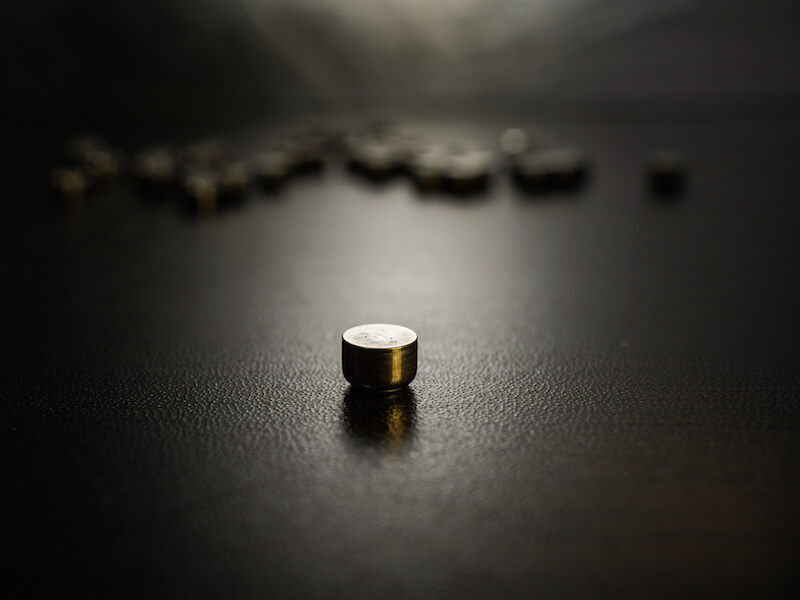
From phones to cameras to music players, how we power our electronics has evolved. For decades, individuals looking to manage hearing loss have hoped for a similar advancement, and the industry is finally recognizing the promise of a powerful rechargeable hearing aid battery.
Size 312 batteries are the most prevalent of the disposable batteries that have typically been used to power hearing aids. Today, the most prominent version of these batteries is known as a “zinc-air” battery.
The Drawback to Disposable Hearing Aid Batteries
As the name would imply, a zinc-air battery is impacted by the presence of air. The user needs to pull a little tab off the back of a 312 zinc-air battery in order to activate it.
They will start draining power as soon as they are completely oxygenated. That means power is beginning to deplete whether the user is ready for it or not.
Most users regard the length of life to be the biggest disadvantage of disposable batteries. Some reports have estimated the average life expectancy of a size 312 disposable battery to be from 3 and 12 days, which means users may have to switch out their batteries about 120 times per year.
Because of this, besides needing to purchase 120 batteries, the user will need to switch and properly dispose of batteries at least twice a week. From a cost point of view alone, that likely means more than $100 in battery purchases.
Advancements in Rechargeable Batteries
Luckily, for hearing aid users looking for another alternative, there have been significant developments to rechargeable hearing aids that now make them a viable option.
Studies have revealed that most individuals overwhelmingly prefer to use rechargeable hearing aids. Previously, these models were not practical because they didn’t hold a charge long enough. However, modern developments now allow a full day of use per charge.
Users won’t see substantial cost savings by changing to rechargeable batteries, but where they will see an obvious improvement is in quality of life.
On top of providing 24 hours of charge time, these contemporary models lead to less frustration for the user, since there’s no more swapping and properly disposing of batteries. Instead, they just need to take out the battery and place them in a convenient tabletop charging unit.
When a disposable battery nears the end of its life it won’t run your hearing aid at full power. There’s also no exact way to know how close to being inoperable the battery actually is. As a result, users risk putting themselves in a position where their battery could die at a critical time. A faulty battery will not only result in a safety hazard, it could cause the user to miss out on key life moments.
Types of Rechargeable Hearing Aid Batteries
Rechargeable batteries come in a number of different materials, each providing distinct advantages. Integrated lithium-ion batteries are one alternative being used by manufacturers because they can hold a charge for 24 hours. And smart-phones are powered by this same kind of battery which might be surprising.
Another type of contemporary rechargeable battery is a silver-zinc. Initially, these innovative batteries were manufactured for Nasa’s moon missions. You can even use this technology to update and retrofit the existing hearing aids you’re comfortable with by changing the device to rechargeable power. Just like lithium-ion, silver-zinc can also produce enough power to last you all day.
There are also models that allow you to recharge the hearing aid without taking out the battery. During the night, or at some other time when the hearing aid is not being used, the entire hearing aid can be placed directly into the charger
While each of these rechargeable solutions provides substantial advantages over disposable batteries, each approach should be properly vetted to get a complete picture and to discover if it’s best for you.
If you’re looking for more information about hearing aid technology or how to determine the proper hearing aid to satisfy your needs, we encourage you to take a look at our hearing aids section.